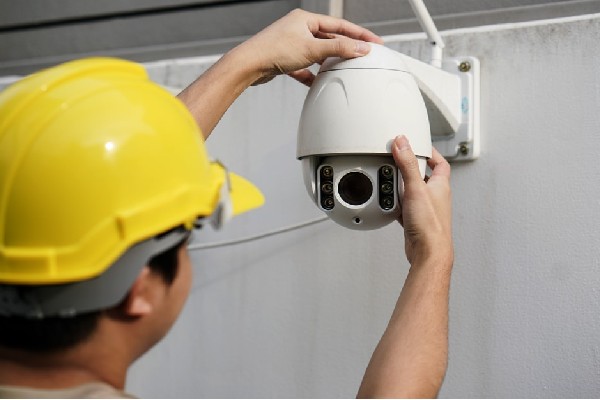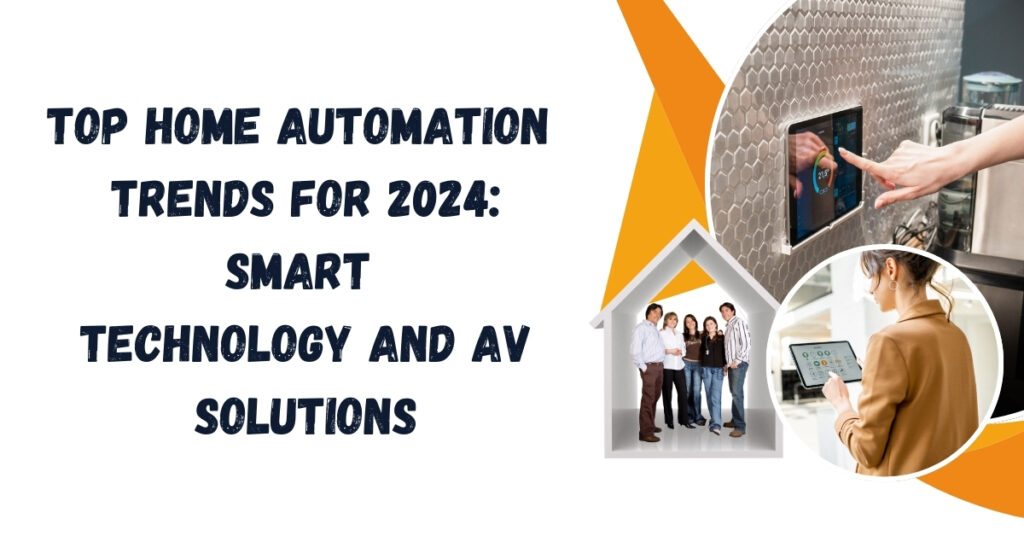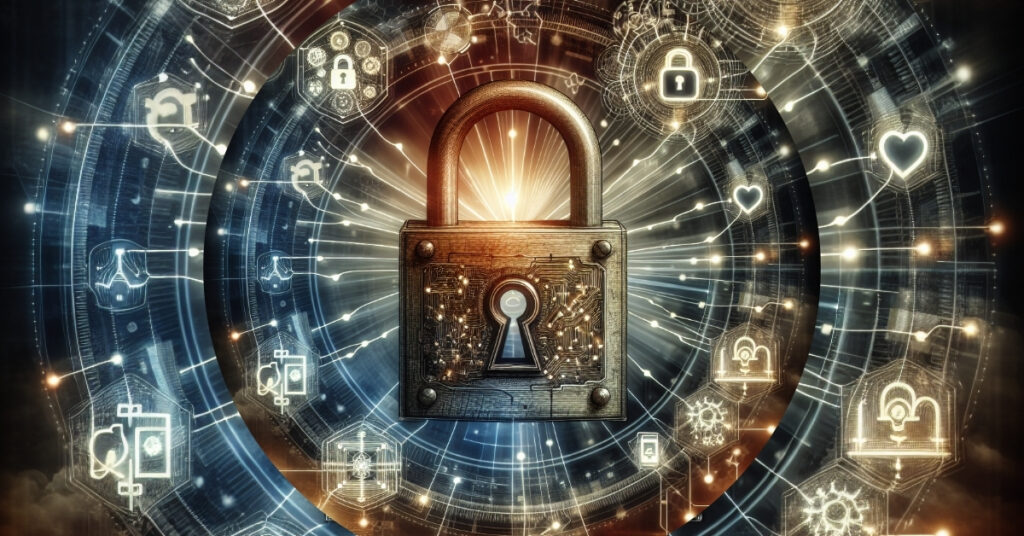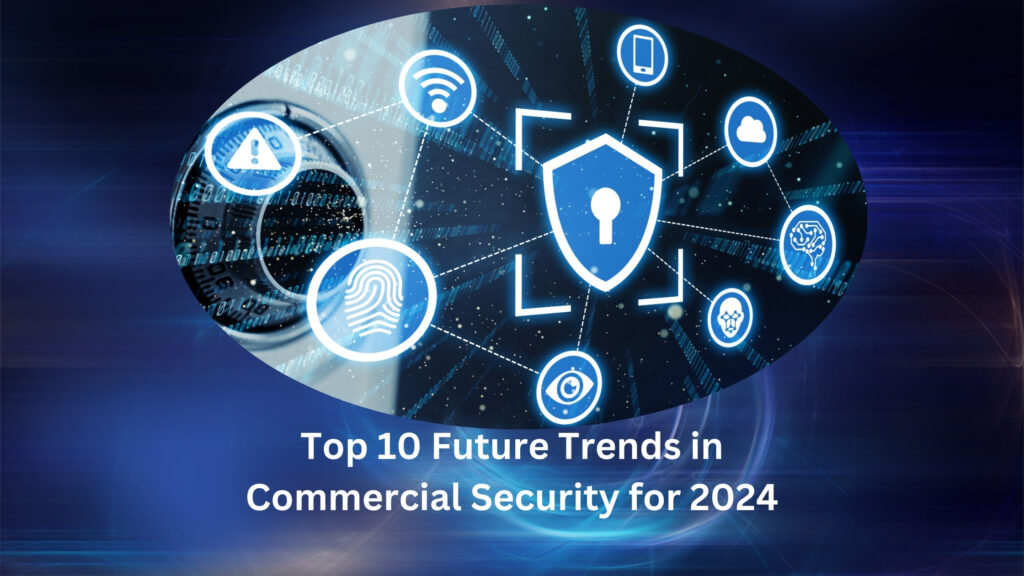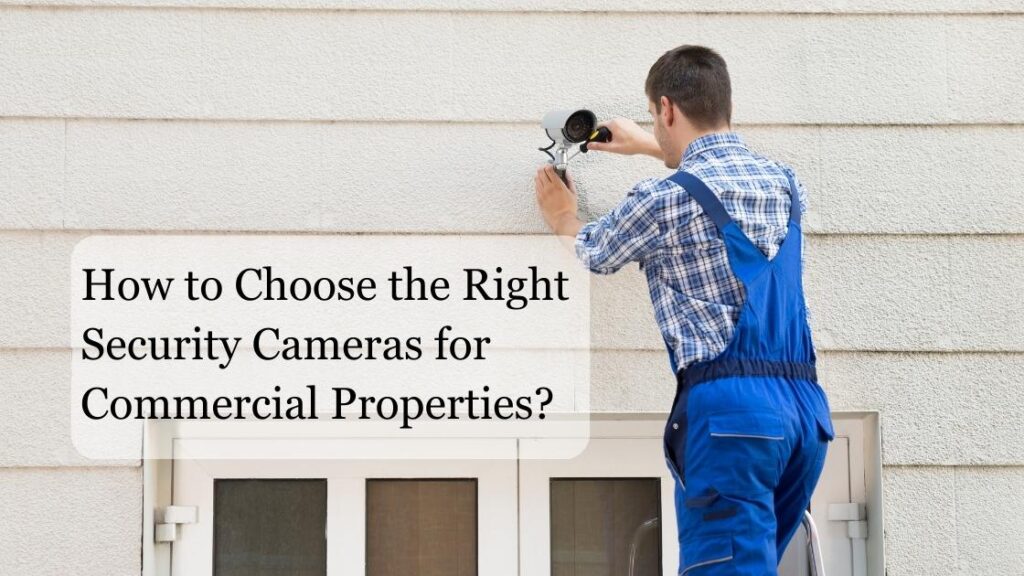Currently Empty: $0.00
Points to Consider When Securing Your Premises With Security Cameras
Security cameras play a vital role in safeguarding our homes, businesses, and public spaces. With advancements in technology, installing a security camera system has become more accessible and affordable than ever before. However, to ensure maximum effectiveness and optimal security coverage, it is crucial to consider various factors when planning and installing security cameras.
Contents
- Assessing Your Security Needs
- Choosing the Right Camera System
- Determining Camera Placement
- Assessing Lighting Conditions
- Considering Storage and Data Management
- Ensuring Proper Wiring and Connectivity
- Addressing Privacy and Legal Considerations
- Integrating with Existing Security Systems
- Maintenance and Monitoring
Assessing Your Security Needs
Before diving into the technical aspects of security camera installation, it is essential to assess your security needs. Start by identifying vulnerable areas on your premises, such as entrances, parking lots, or high-value assets. Determine the purpose of surveillance, whether it’s for crime prevention, employee monitoring, or a combination of both. Estimating the number of cameras required will help you create a comprehensive surveillance plan.
Choosing the Right Camera System
Selecting the appropriate camera system is critical to achieving your security objectives. Different types of security cameras are available, including bullet, dome, pan-tilt-zoom (PTZ), and more. Consider factors such as resolution, night vision capabilities, weather resistance, and the environment in which the cameras will be installed. Additionally, explore additional features like motion detection, facial recognition, and remote access to enhance the functionality of your surveillance system.
Determining Camera Placement
Strategic camera placement is key to maximizing the coverage of your security system. Identify key entry points, high-risk areas, and blind spots that require surveillance. By strategically positioning cameras, you can deter potential intruders and capture crucial evidence if an incident occurs. Consider the field of view, overlapping coverage, and the height and angle of installation for each camera to ensure optimal visibility.
Assessing Lighting Conditions
Proper lighting is essential for clear and effective surveillance footage. Evaluate the lighting conditions in the areas where you plan to install cameras. Ensure that there is sufficient lighting during both day and night. In low-light or nighttime scenarios, consider using cameras equipped with infrared technology or explore artificial lighting options to enhance visibility.
Considering Storage and Data Management
Storage and data management are critical aspects of any security camera system. Determine whether you prefer cloud-based or local storage options based on your requirements. Consider factors such as storage capacity, scalability, and the retention period for recorded footage. Implementing a robust data backup and retention policy ensures that you can access historical footage when needed.
Ensuring Proper Wiring and Connectivity
Choosing between wired and wireless camera systems depends on various factors, such as the layout of your premises and the distance between cameras and the central recording unit. Plan cable routing and concealment to minimize the risk of tampering or damage. Test the network connectivity and signal strength to ensure uninterrupted video transmission.
Addressing Privacy and Legal Considerations
Before installing security cameras, it is crucial to understand and comply with local surveillance laws and regulations. Familiarize yourself with any legal requirements regarding video surveillance in your area. It is essential to respect the privacy of individuals, especially employees and visitors. Consider posting visible signage to inform people that surveillance is in place, ensuring transparency and legal compliance.
Integrating with Existing Security Systems
To create comprehensive infrastructure security, integrate your security cameras with existing systems such as alarm systems, access control, and other security devices. This integration enables a synchronized response to security events and provides a centralized platform for monitoring and management. Ensure compatibility and seamless integration by selecting compatible systems or consulting with professionals if necessary.
Maintenance and Monitoring
Once your security camera system is installed, establishing a regular maintenance routine is vital to ensure its long-term effectiveness. Conduct routine checks on camera functionality, such as verifying video feeds and adjusting camera angles if necessary. Keep firmware and software up to date to address any security vulnerabilities and take proactive measures to ensure optimal system performance.
In conclusion, the installation of security cameras is an essential measure for effectively safeguarding your premises. By implementing a well-designed surveillance system, you can significantly enhance the overall safety and security of your property. Security cameras act as a powerful deterrent, dissuading potential threats and intruders from targeting your premises. Moreover, in the unfortunate event of an incident, security cameras provide invaluable evidence that can aid in investigations and ensure the appropriate actions are taken. By investing in a comprehensive security camera installation, you are taking proactive steps towards protecting your property, assets, and the well-being of individuals within your premises.


